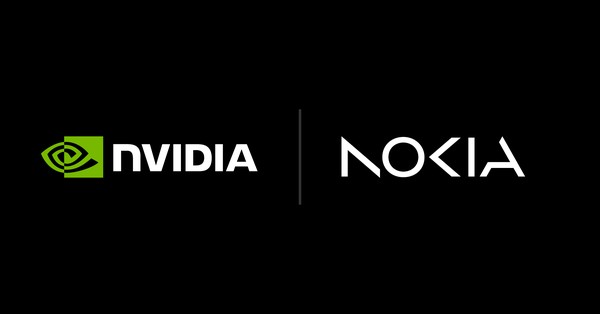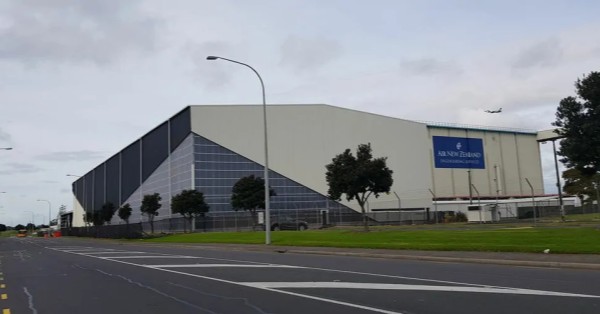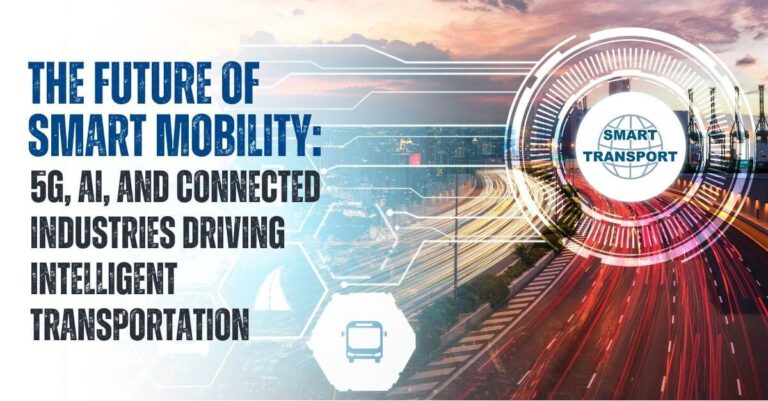- short
- November 25, 2025
- Hema Kadia
Winner – Private Network Excellence in Agriculture - Invences, in partnership with Trilogy Networks, are transforming agriculture with FarmGrid, a smart farming platform powered by private 5G, edge AI, and IoT. Deployed across multiple U.S. states, FarmGrid delivers 20–30% yield improvements, 25% resource savings, and a path to climate-resilient, digitally





























